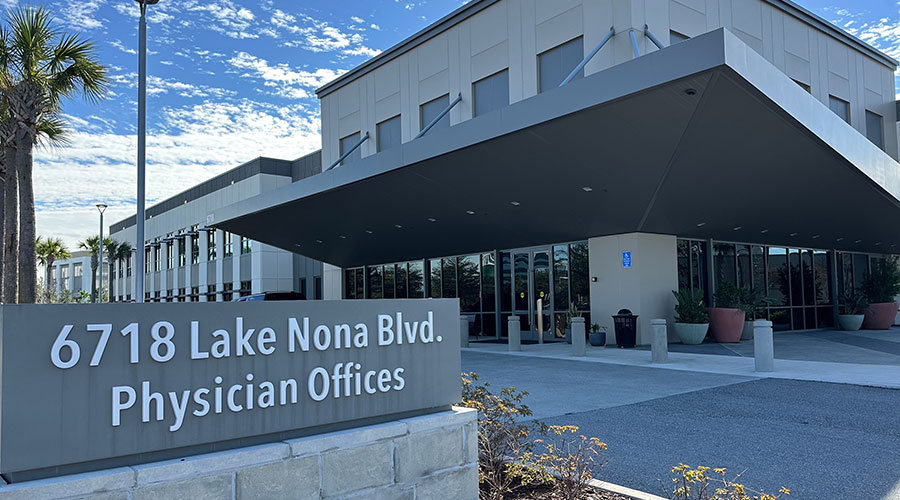Paying Attention to Drains During the COVID-19 Pandemic
One of the things we learned from the SARS epidemic that began in 2002, is that many people in Hong Kong contracted the SARS virus by inhaling contaminated air.
This air was released from dried out drainage pipes of a large apartment complex in the city.
What happened was the water in the P-shaped traps below drains dried up. When that happened, sewer gasses containing the germs that cause SARS were released into the building and were inhaled.
We are learning now that COVID-19 is also being spread through the fecal-oral route. This was pointed out by research conducted by Hong Shan, MD, Ph.D., of the Fifth Affiliated Hospital, at Sun Yat-Sen University, in Zhuhai, China. This is one of China’s preeminent research hospitals.
This means that waste containing COVID-19 germs is ending up in sewer systems around the globe. However, there is even more concern about this happening with COVID-19.
The reason: Many commercial facilities are now closed. When they will open again is uncertain, which means the P-traps may, and likely will evaporate, releasing vapors that can spread the virus.
So, what can building owners and managers do to help prevent this evaporation?
According to Klaus Reichardt, CEO and Founder of Waterless CO., Inc, manufacturers of no-water urinals, among the steps they can take are the following:
• Ensure all commercial kitchens and restrooms remain well-ventilated during the pandemic.
• If possible, have building engineers wearing PPE gear* pour a small amount of water in every building drain every week.
• Do not use bleach or any chemicals. “Our goal is not to clean the drains, just keep the P-trap full, so no sewer gasses are released.”
• Pour liquid primers or “ever prime,” as they are called among professional plumbers, into all drains. “This only has to be performed once. The ever prime lasts for months and under all kinds of climate conditions.”
Finally, before re-opening facilities, Reichardt advices, “it would be a good idea to pour water and the liquid primer in all drains once again, just to be on the safe side.”
For more info, visit: www.waterless.com.
April 20, 2020
Topic Area: Press Release
Recent Posts
 States Move Forward to Better Protect Senior Citizens
States Move Forward to Better Protect Senior Citizens
Senior citizens are among the most vulnerable population and require a certain level of care. States are trying to protect them.
 Archer and REDA to Transform Newport Beach Building into Outpatient Center
Archer and REDA to Transform Newport Beach Building into Outpatient Center
Groundbreaking on the Newport Irvine Medical Center is scheduled for June 2025.
 Sunflower Medical Group Facing Lawsuit Following January Data Breach
Sunflower Medical Group Facing Lawsuit Following January Data Breach
The lawsuit seeks a jury trial, damages, expanded credit monitoring services and security improvements at Sunflower Medical Group.
 Nemours Children's Health Opens New Location in Lake Nona
Nemours Children's Health Opens New Location in Lake Nona
The nearly 8,000-square-foot facility will increase access to primary and specialty care services.
 Enhancing Safety at Hennepin Healthcare with a Screening System
Enhancing Safety at Hennepin Healthcare with a Screening System
Case study: The system was able to detect 2,500 risk items in less than five months.